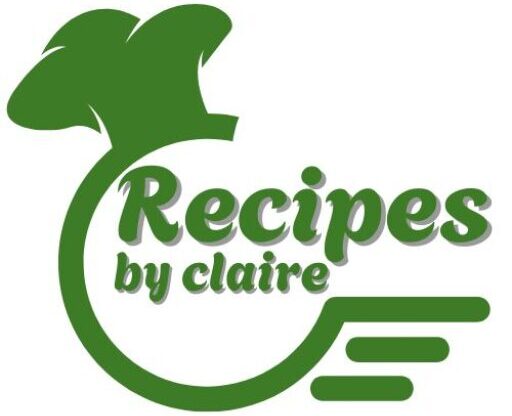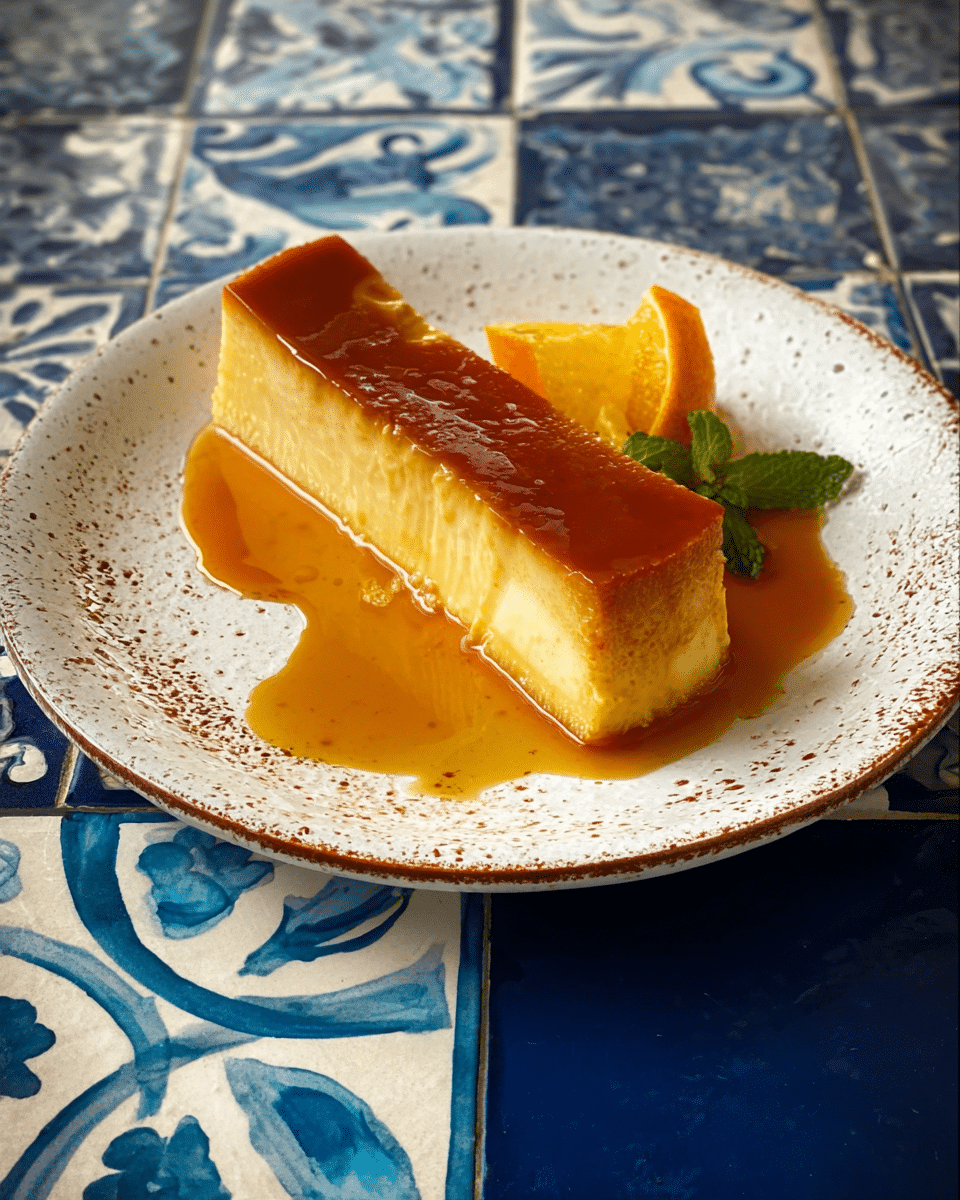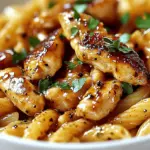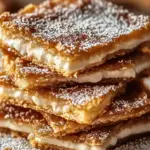This Cuban flan is the kind of dessert that instantly brings you home. With its silky texture and golden caramel glaze, it’s the perfect way to end any meal on a sweet, nostalgic note. Inspired by traditional Cuban kitchens, this recipe has been passed down through generations, holding a special place in the hearts of many families. It’s rich, yet not overly sweet, and the simplicity of its ingredients makes it approachable for even beginner bakers. Whether served at a holiday dinner, birthday celebration, or just because you’re craving a taste of Abuela’s love, this flan delivers every single time. Its custardy base is perfectly balanced by the deep amber caramel, giving it both visual appeal and irresistible flavor. Serve it chilled, and watch it disappear within minutes. It’s more than just a dessert it’s a cultural staple and a culinary hug from the island of Cuba.
Full Recipe:
Ingredients:
-
1 cup sugar (for caramel)
-
1 (14-ounce) can sweetened condensed milk
-
1 (12-ounce) can evaporated milk
-
3 large eggs
-
1 tablespoon pure vanilla extract
-
Pinch of salt
Directions:
-
Preheat your oven to 350°F (175°C).
-
In a heavy-bottomed saucepan, melt the sugar over medium heat, stirring constantly, until it becomes a golden caramel. Immediately pour into a round baking dish and swirl to coat the bottom evenly.
-
In a large mixing bowl, whisk together sweetened condensed milk, evaporated milk, eggs, vanilla extract, and salt until fully combined and smooth.
-
Carefully pour the custard mixture over the caramel layer in the baking dish.
-
Place the baking dish in a larger pan filled with about an inch of hot water (a water bath).
-
Bake for 50–60 minutes, or until the center is set and a knife inserted comes out clean.
-
Remove from oven, allow to cool, then refrigerate for at least 4 hours or overnight.
-
To serve, run a knife around the edges and invert onto a plate so the caramel flows over the flan.
Prep Time: 15 minutes | Cooking Time: 60 minutes | Total Time: 1 hour 15 minutes
Kcal: 310 kcal | Servings: 8 servings
Ingredients:
-
3 to 4 lb eye round roast
-
1 Spanish chorizo sausage (not Mexican), cut into long strips
-
1 tablespoon olive oil
-
1 large onion, sliced
-
4 cloves garlic, minced
-
1/2 cup dry white wine
-
1/2 cup tomato sauce
-
1 cup beef broth
-
1 teaspoon ground cumin
-
1 teaspoon dried oregano
-
Salt and pepper to taste
-
2 bay leaves
-
1 tablespoon vinegar
-
Optional: potatoes or carrots for added texture and flavor
Directions:
-
Preheat oven to 325°F (165°C).
-
Carefully cut a deep slit through the center of the eye round roast and stuff with chorizo.
-
Season roast generously with salt, pepper, cumin, and oregano.
-
In a large Dutch oven or heavy oven-safe pot, heat olive oil over medium heat. Sear the stuffed roast on all sides until browned.
-
Remove the roast and set aside. In the same pot, sauté onions until softened, then add garlic and cook for an additional minute.
-
Add white wine to deglaze the pan, scraping up brown bits. Stir in tomato sauce, beef broth, bay leaves, and vinegar.
-
Return the roast to the pot, cover tightly, and place in the oven.
-
Cook for 2.5 to 3 hours, basting occasionally, until meat is fork-tender and flavors have melded.
-
Optional: Add potatoes or carrots during the last hour of cooking for a heartier dish.
-
Remove bay leaves before serving. Let rest 10 minutes before slicing.
Prep Time: 20 minutes | Cooking Time: 3 hours | Total Time: 3 hours 20 minutes
Kcal: 410 kcal per serving | Servings: 6 servings
A Dessert That Feels Like Home
Few desserts evoke as much emotion and nostalgia in Latin households as Cuban flan. More than just a custard dessert, flan is a reflection of culture, tradition, and love often served during holidays, Sunday gatherings, and milestone celebrations. In Cuba, this dessert holds a sacred space at the end of many meals, gracing tables with its silky, creamy texture and rich golden caramel topping.
Abuela’s Classic Cuban Flan, in particular, is a recipe passed down from generation to generation. It symbolizes comfort, warmth, and a timeless connection to heritage. As simple as the ingredients may be, the result is a dish that’s luxurious, deeply satisfying, and universally loved.
A Taste of History: Flan’s Journey to the Caribbean
The origins of flan trace back to ancient Rome, where early versions were made with eggs and milk. Over time, the recipe spread across Europe, especially in Spain, where it became a beloved dessert. When the Spanish colonized the Americas, they brought their culinary traditions including flan with them. The result? Each Latin American country developed its own twist on this egg custard delight.
In Cuba, flan adapted to the ingredients readily available on the island. The use of sweetened condensed milk and evaporated milk became staples in Cuban households due to their shelf stability in tropical climates. These ingredients gave flan a richer, creamier consistency than its European ancestors. Over time, it evolved into the distinctive and decadent dessert we now recognize as classic Cuban flan.
Simplicity Meets Perfection: The Essence of Cuban Flan
One of the reasons flan has stood the test of time is its simplicity. With just a handful of ingredients typically eggs, sugar, milk, and vanilla you get a dish that feels gourmet. But don’t be fooled by the minimalism. Getting the texture just right takes practice. The hallmark of a perfect Cuban flan is its silky smooth texture, firm enough to hold its shape but soft enough to melt in your mouth.
The other star component is the caramel, which coats the bottom of the baking dish and eventually becomes the beautiful glossy topping when the flan is inverted onto a plate. The caramel adds a subtle bitterness that balances the custard’s sweetness, making each bite a blend of deep flavors and delicate textures.
Flan in Cuban Culture: More Than Just Dessert
In Cuba, food is never just sustenance it’s a gesture of love. This sentiment is most evident in recipes that have been preserved by abuelas (grandmothers) and passed down orally or by hands-on cooking. For many Cuban families, flan is one of those cherished recipes. It appears on tables during Nochebuena (Christmas Eve), birthdays, baptisms, and anniversaries.
Each family might have their own little twist some add citrus zest, others a splash of rum but the soul of the dish remains the same. Making flan is often a ritual, where children gather around to watch the sugar caramelize or help whisk the eggs. It’s not just about preparing dessert it’s about preserving heritage and creating memories.
Texture, Taste, and Technique: What Sets Cuban Flan Apart
While many countries make flan, Cuban flan is uniquely rich, thanks to the inclusion of both sweetened condensed milk and evaporated milk. These ingredients lend a denser consistency than traditional flans made with just whole milk or cream.
Additionally, Cuban flan is often:
-
Silky yet firm: It holds together beautifully, slicing cleanly while still being soft on the palate.
-
Mildly sweet with depth: The caramelized sugar adds a touch of complexity without overpowering the custard.
-
Fragrant with vanilla: Vanilla extract is essential, giving the dish its warm, aromatic flavor.
The flan is typically baked in a water bath (bain-marie), which ensures gentle cooking and prevents the custard from curdling. The flan is then chilled for several hours often overnight to fully set and allow the caramel to soak into the custard. When served, it boasts a glistening caramel top and an inviting, creamy interior.
Why Abuela’s Flan is the Gold Standard
What makes Abuela’s version so special isn’t just the recipe it’s the intention and love behind it. When we refer to Abuela’s flan, we’re referencing a dessert made with time, patience, and heart. Unlike store-bought versions or shortcuts, this flan carries with it the essence of home-cooked tradition. It’s about more than dessert it’s about connection.
In fact, many people who grew up eating this flan remember it not just for the taste, but for the experience watching the caramel bubble in the pan, waiting eagerly for the flan to chill, and that first magical bite that seemed to make everything feel right.
Pairing Cuban Flan: When and How to Serve
Though flan is a standout all on its own, it can be enhanced with thoughtful pairings. Some delicious ways to serve or accompany flan include:
-
With strong Cuban coffee or espresso to balance the sweetness
-
Topped with fresh berries or citrus zest for a pop of freshness
-
Alongside a glass of aged rum for a sophisticated finish to a meal
-
With whipped cream or a drizzle of chocolate sauce for extra indulgence
Whether it’s served at the end of a grand holiday feast or as a weeknight treat, Cuban flan elevates any occasion.
Making It Your Own: Flan Variations to Try
One of the beautiful things about this dessert is how adaptable it is. While the traditional version is near perfection, adventurous cooks can explore:
-
Coconut Flan – Adding coconut milk or shredded coconut for tropical flair
-
Cheese Flan – Incorporating cream cheese for added richness
-
Coffee Flan – Blending in espresso for a mocha-style twist
-
Pumpkin Flan – A seasonal variation perfect for autumn
-
Citrus Flan – Infusing with orange or lime zest for brightness
These variations keep the heart of flan intact while allowing for creative expression in the kitchen.
Conclusion:
Abuela’s Classic Cuban Flan is more than a sweet treat it’s a celebration of tradition, resilience, and love. It speaks to the heart of Cuban culture, where recipes are handed down not through written notes, but through shared moments in the kitchen, trial and error, and a deep respect for flavor.
Every bite of this flan tells a story from its European roots to its Caribbean evolution, to the cherished memories it continues to create at family tables around the world. If you’ve never tried making it at home, there’s no better time. Let this flan be your introduction not just to a dessert, but to a rich, enduring culture where food is memory, and memory is love.






